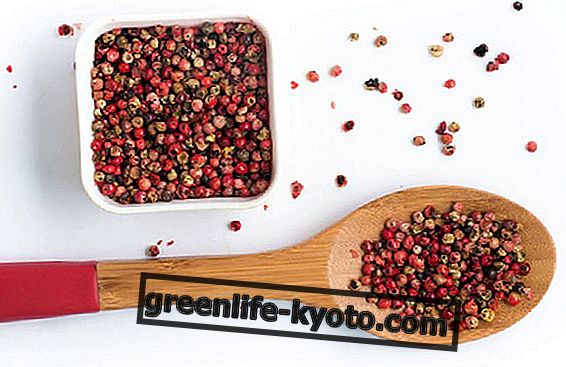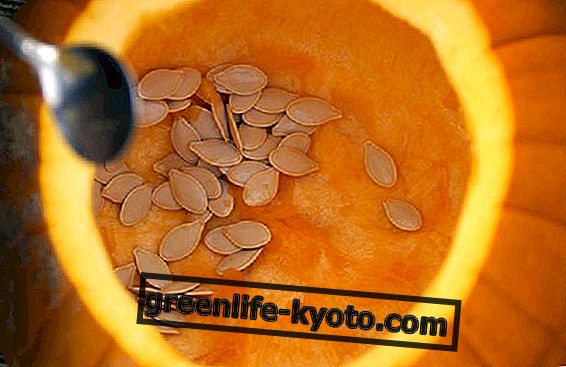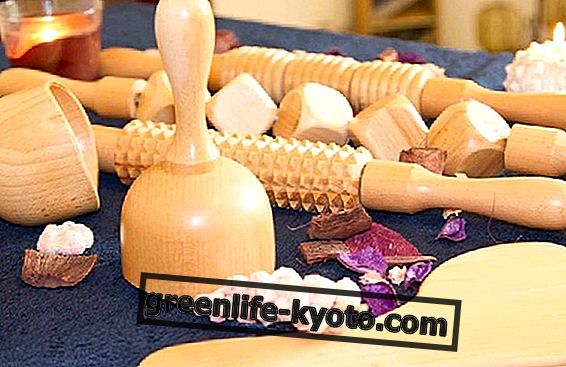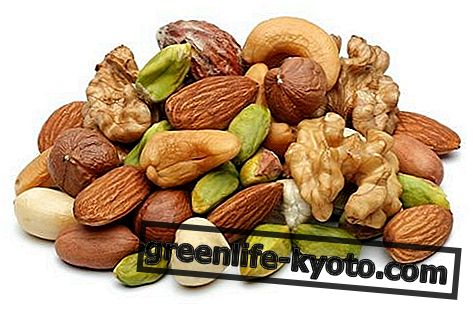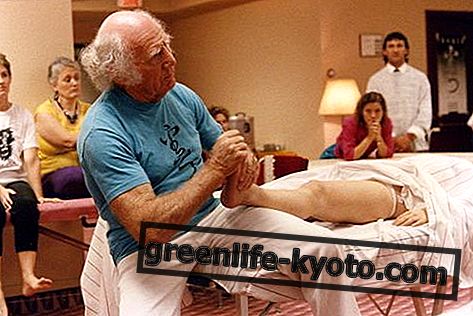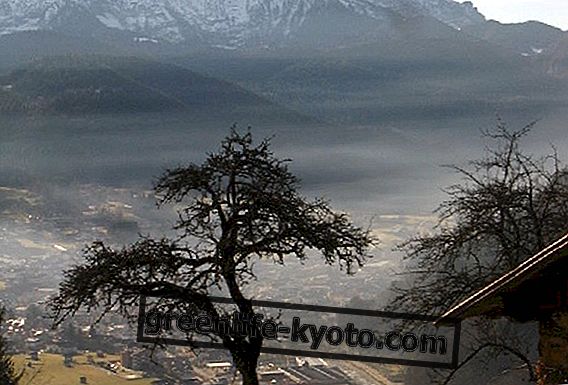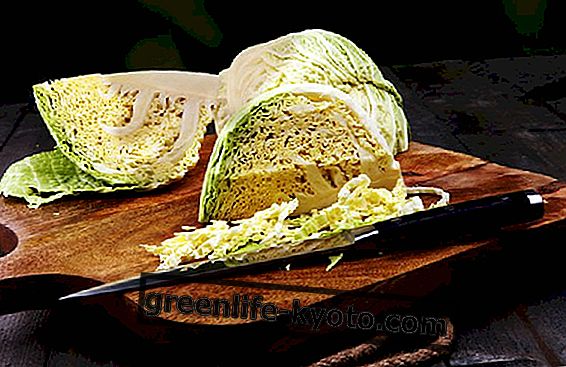
The risk of a urinary infection in children, especially in children, is quite high; these infections are almost exclusively bacterial in nature
When bacteria stop at the level of the bladder it is called cystitis ; when, on the other hand, the bacteria manage to reach the kidneys and the renal basins are called pyelonephritis, a far more serious infection than cystitis.
Cystitis in children, symptoms
The symptoms of cystitis in children are the same as those that appear in the adult, but of course it is much more complicated to detect them, especially when we talk about children under the age of two, who find it difficult to express themselves: frequent urge to urinate, burning when you do pee and sometimes pain over the pubis .
In the young child, for example, we might suspect cystitis if he has apparently unmotivated crying spells; maybe he cries because he is peeing and feels burning or because the stimulus is causing him some discomfort.
Sometimes, in the case of cystitis , mild fever may occur, up to 38 ° C; if the fever is higher, we must suspect a more serious infection. Sometimes another symptom of cystitis may be traces of blood in the urine.
In fact, in young children it is not at all easy to detect a urinary tract infection, be it cystitis or other; it is therefore important, if there is any suspicion, to contact the pediatrician who will prescribe a urine test.
Cystitis in children, the remedies
In case of cystitis, it is important to make sure that the child drinks a lot . The therapy usually consists of a short cycle (usually three to five days) of oral antibacterial therapy .
The optimal duration of the treatment has not yet been well defined but it is believed that, for this type of infection, a short cycle is sufficient. In this way the side effects and the risk of alteration of the intestinal bacterial flora are limited.
In any case, to prevent alterations of the bacterial flora, together with the antibacterial agent, the use of probiotics is often recommended, to be continued also for a few days after the conclusion of the therapy. Always contact the pediatrician before administering drugs to children.
Both in prevention and when cystitis is already present, proper intimate hygiene is very important. In the young child, frequent diaper changes help keep cystitis away; at each change, you should then wash the intimate areas under running water.
In older children, especially in girls who are more at risk of cystitis, it is important to take the following precautions:
- Use cotton underwear, thus avoiding all the synthetic fibers that can promote the growth of bacteria.
- Pay close attention to nutrition to avoid constipation and diarrhea, as both of these conditions can promote cystitis.
- Stimulate children to go to the bathroom to pee ; daily urinations should be at least six and we know that older children often forget to go to the bathroom or go there because of laziness, holding back their pee for too long. The urine that stagnates in the bladder favors the growth of bacteria and is a situation to be avoided.
- Attention when going to the pool by the sea, the wet costume should never remain in contact with the skin for too long.
- If the children are small and we take care of their personal hygiene, we try to pay attention to how we wash them ; in the sissy it is very important to clean it and wash it from front to back (ie from the vagina to the anus) and never backwards. When girls are older and wash themselves we must teach them to do it correctly, that is, in the manner just described.
Cystitis and change of season, how to prevent it

